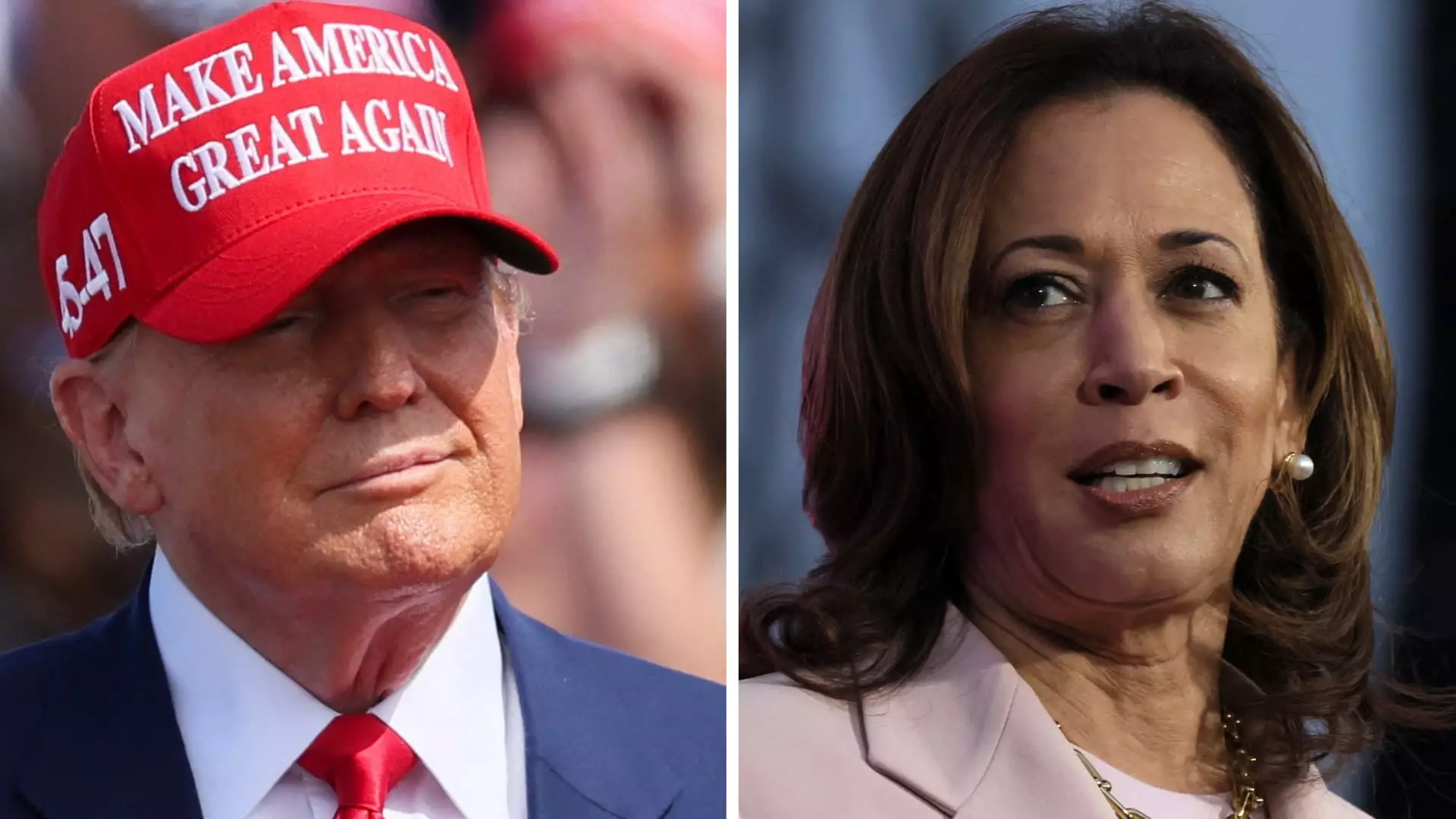The economic proposals put forth by former President Donald Trump and Vice President Kamala Harris have been subject to scrutiny by experts. According to studies from the nonpartisan Penn Wharton Budget Model, Trump’s proposals would result in an increase in federal deficits by $5.8 trillion over the next decade, significantly higher than Harris’ proposals, which would add $1.2 trillion to deficits. Trump’s plan to extend the 2017 tax cuts permanently would contribute over $4 trillion to deficits over the next 10 years. Additionally, his proposal to eliminate taxes on Social Security benefits and further reduce corporate taxes would add to the deficit substantially.
Harris’ analysis, on the other hand, revealed that her plan to expand tax credits, such as the Child Tax Credit and the Earned Income Tax Credit, would raise deficits by $2.1 trillion over the next decade. Furthermore, her proposal to provide a $25,000 subsidy for first-time homebuyers would add $140 billion to deficits over the same period. However, Harris has suggested raising the corporate tax rate to 28%, which could help offset some of the costs of her spending by $1.1 trillion. She also supports revenue raisers in President Joe Biden’s budget proposal, amounting to $5 trillion for the 2025 fiscal year.
Trade Policies and Revenue Generation
Trump’s approach to funding his agenda differs from Harris’, as he has proposed imposing tariffs on imports, particularly from China. Trump’s tariffs are estimated to generate $2.5 trillion in revenue, according to Moody’s Chief Economist Mark Zandi. While Trump argues that these trade policies would stimulate domestic growth in the long term, economists caution that such hardline tariff measures could lead to inflation, especially as consumer price increases have started to stabilize.
It is worth noting that Trump’s tariff policies do not require congressional approval for implementation, unlike Harris’ revenue streams, which are contingent on legislative backing. The contrasting approaches of the two candidates highlight their differing views on economic policy and revenue generation.
Campaign Responses and Voter Appeal
Both the Trump and Harris campaigns have been quick to defend their economic agendas and critique their opponent’s proposals. The Harris campaign has characterized Trump’s economic agenda as an “inflation and deficit bomb” that would disproportionately impact the middle class. Conversely, the Trump campaign has lauded the former president’s track record in building a robust economy and has dismissed Harris as a proponent of “Communist price controls.”
With the economy being a focal point in the upcoming election, both campaigns are vying to win over voters who are concerned about the high cost of living. Harris’ campaign has been expeditiously rolling out her economic agenda since Biden’s exit from the race. The pressure is particularly intense as the economy has been a weak spot for the Democratic campaign, given the public’s fond memories of the pre-pandemic economy under the Trump administration.
The economic proposals of Trump and Harris offer contrasting visions for the future of the economy. While Trump’s focus on tariffs and tax cuts aims to spur growth, Harris’s emphasis on tax credits and subsidies prioritizes social spending. The divergent approaches underscore the importance of economic policy in shaping the outcome of the election and addressing the concerns of voters.


Leave a Reply